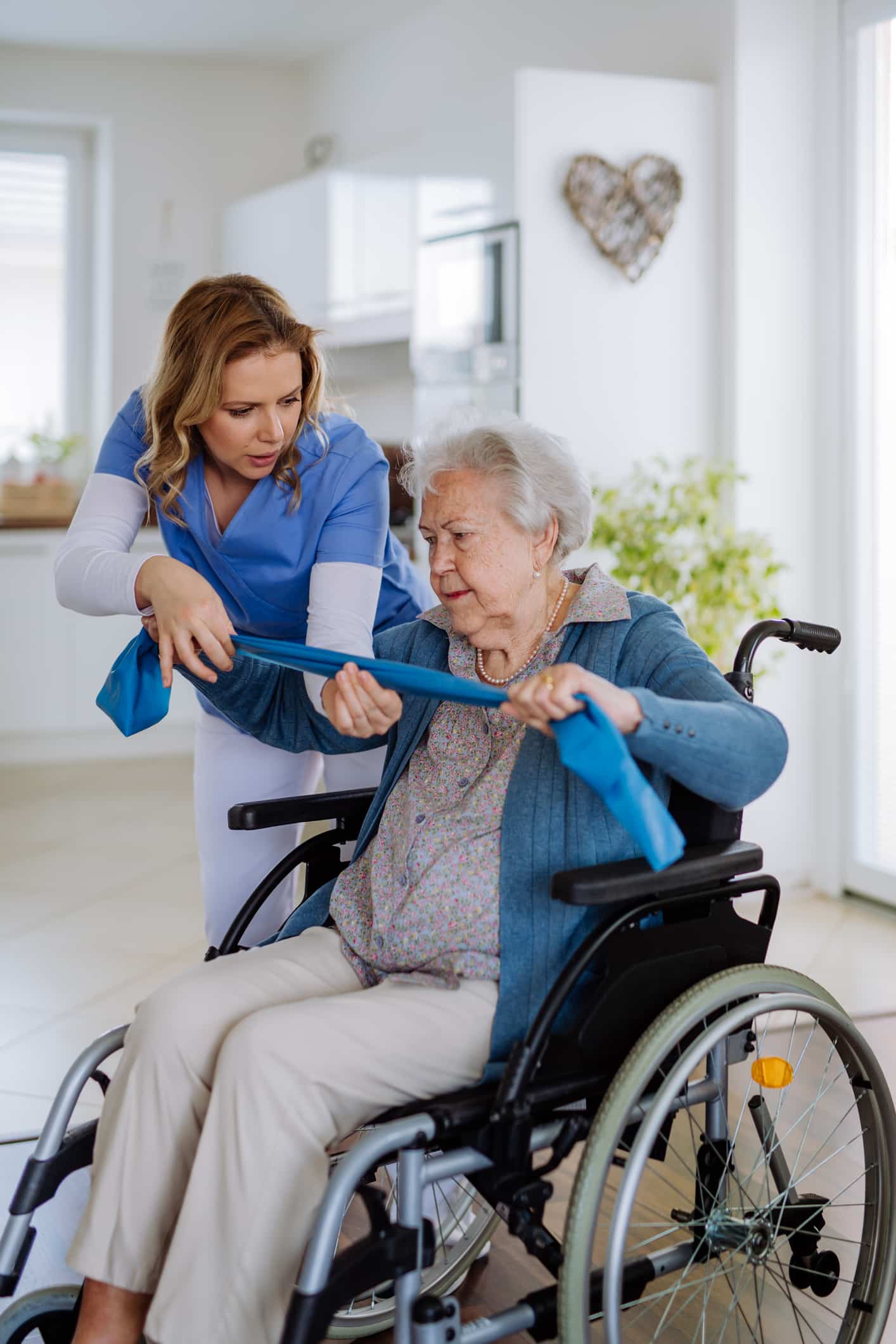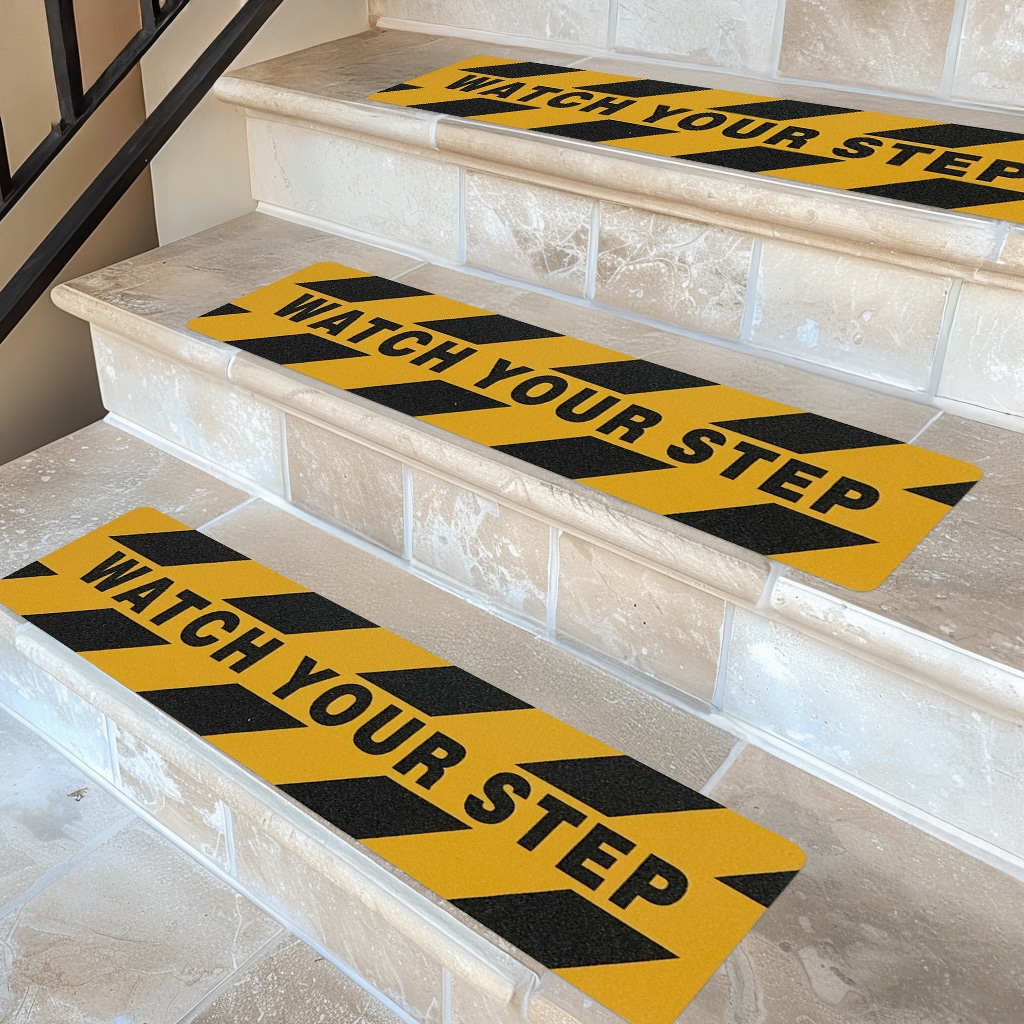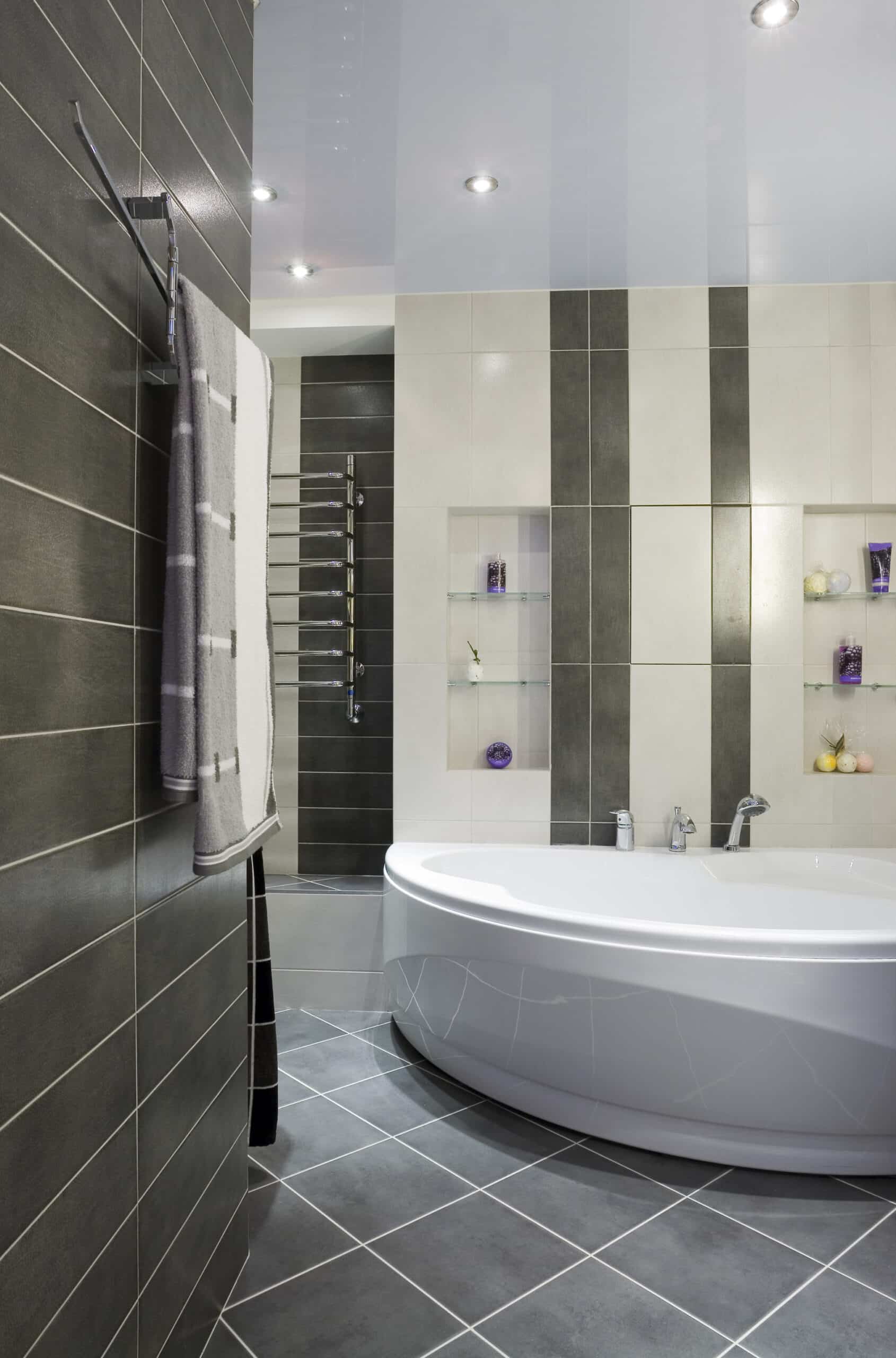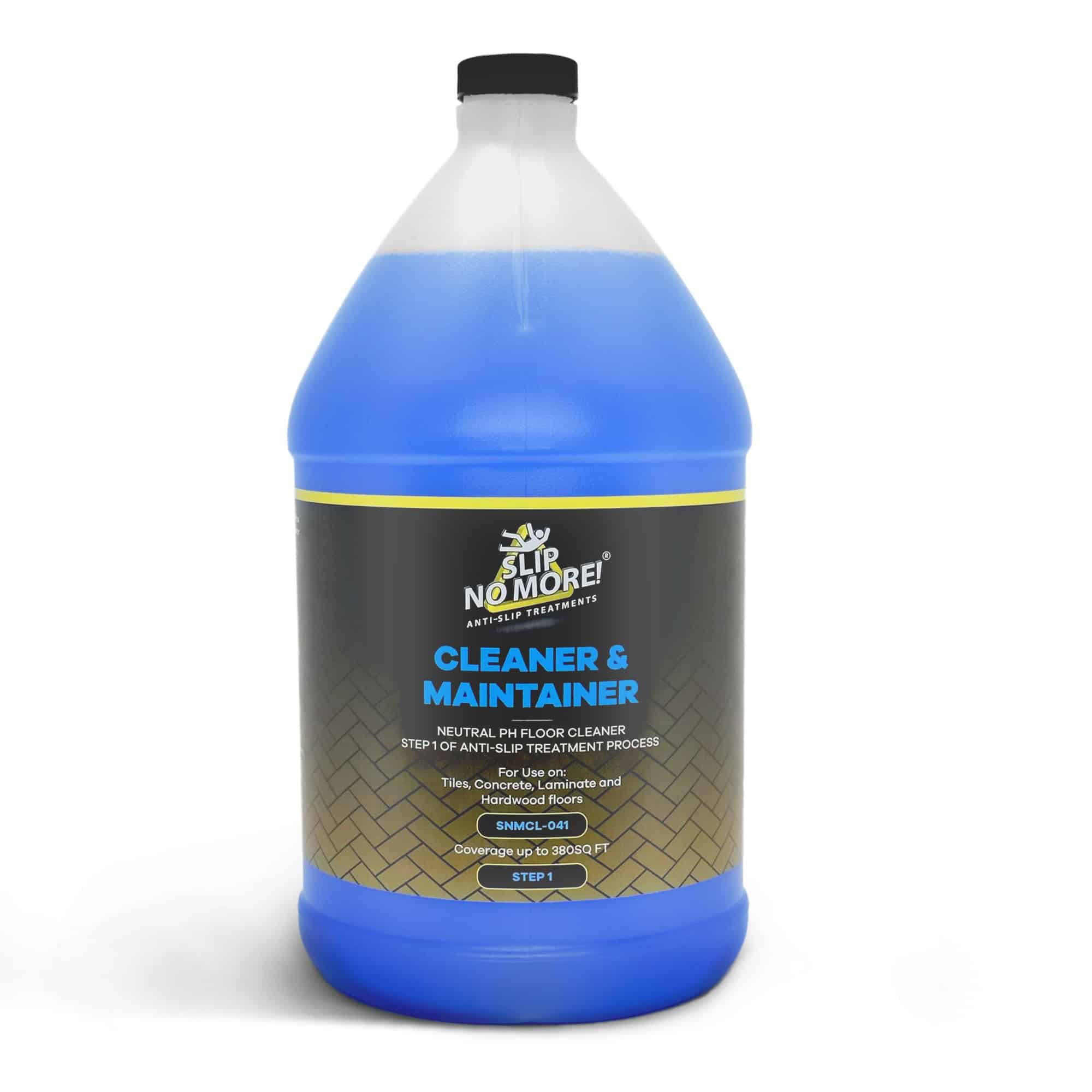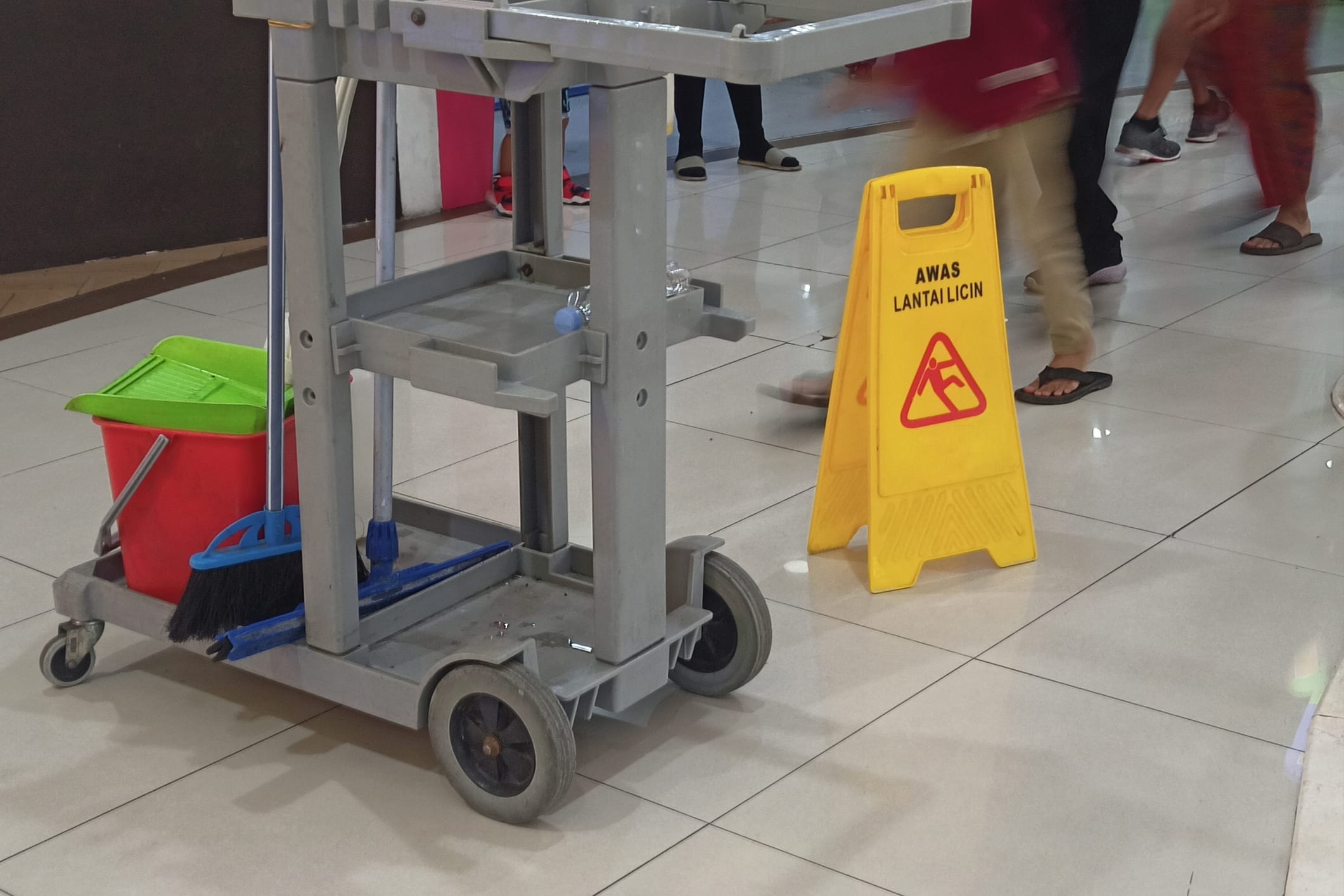Why is floor safety so important for senior citizens
Senior citizens are particularly vulnerable to hip fractures as a result of slip and fall accidents, mainly due to decreased bone density and balance issues that accompany aging. Ensuring safe stairs for the elderly is a critical preventative measure, as stairs are common sites for these accidents. The fragility of senior bones means even a minor fall can lead to serious injuries, with hip fractures being among the most severe and life-altering, caused by a lack of safe stairs for the elderly. These injuries can drastically reduce mobility and independence, requiring lengthy recovery periods that often involve surgery and extensive physical therapy.
Safe stairs for the elderly cannot be overstated in preventing such devastating injuries. Modifications to stair design include adding non-slip treads, improving lighting, and ensuring handrails are on both sides and at optimal heights. These measures for safe stairs for the elderly can significantly decrease the risk of falls. These safety enhancements help maintain balance and support, which are crucial factors in helping older adults navigate stairs confidently and securely.
Moreover, creating safe stairs for the elderly goes beyond physical modifications. It includes regular maintenance to fix any wear and tear that could pose a risk, such as loose carpeting or broken steps. Encouraging proper footwear and educating seniors on safe stair use are also key components of a comprehensive fall prevention strategy. By focusing on these areas, the risk of hip fractures due to falls can be substantially reduced, contributing to safer living environments for our aging population.
The Importance of Safe and Accessible Stairs for Elderly Loved Ones
As individuals age, they may face various physical and cognitive challenges that can make navigating stairs more difficult. Balance issues, decreased mobility, and visual impairments are some obstacles that can make stairs a potential hazard for the elderly. Therefore, it is crucial to make necessary modifications and improvements to ensure safe stairs for the elderly.
When stairs are not designed with the needs of the elderly in mind, accidents can occur, leading to severe injuries. Falls are one of the leading causes of injury among older adults, and stairs can be precarious if they are not adequately equipped to accommodate their specific needs. By creating safe stairs for the elderly, you can provide peace of mind for your loved ones and yourself.
First and foremost, adequate lighting is crucial in creating safe stairs for the elderly. Well-lit stairs help seniors see each step clearly, reducing the risk of tripping or falling. Additionally, installing handrails on both sides of the staircase is essential for stability and support. These handrails should be sturdy, easy to grip, and at the right height for the individual using them.
Another critical consideration is the design of the stairs themselves. Non-slip treads or carpeting can provide extra traction while avoiding sharp edges and ensuring a comfortable rise and run, which can help prevent discomfort or fatigue. This is a sure way to create safe stairs for the elderly. To learn more about creating safe stairs for the elderly and fall prevention, click here.
Before making any modifications, it’s essential to assess the current state of your stairs by asking yourself what safe stairs are for the elderly. Note any potential hazards or areas that may need improvement. Look for loose or broken steps, damaged handrails, or inadequate lighting. By identifying these issues, you can prioritize the necessary changes to enhance safety and accessibility.
When assessing the safety of your stairs, especially to ensure they are safe for the elderly, several factors must be considered. First and foremost, lighting plays a significant role. Adequate lighting is essential to prevent missteps and falls, common among older adults. Ensure that each step is visible, and consider installing motion-sensor lights that automatically illuminate the area as someone approaches.
Another key aspect of evaluating safe stairs for the elderly is the condition and design of the stairs themselves. Safe stairs for the elderly should have a non-slip surface to reduce the risk of slipping. Applying anti-slip treads or tapes can be a practical solution and creates safe stairs for the elderly. Additionally, the steps should be even and of a standard size to facilitate easier climbing and descending.
By following these eight tips, you can create a safer and more accessible staircase for your elderly loved ones, ensuring they can navigate their homes with confidence and independence. Let’s get started!
Essential Tips for Improving Stair Safety
-
Installing Handrails and Grab Bars for Added Support
Handrails are essential features for safe stairs for the elderly. They provide stability and support, allowing seniors to maintain balance while ascending or descending. The handrails must be sturdy, easy to grip, and at the right height for the individual using them. Handrails should be installed on both sides of the staircase to ensure maximum support and accessibility.
In addition to handrails, grab bars can be installed strategically along the staircase to provide extra support. These bars can be beneficial near landings or areas where the individual may need to pause or change direction. Ensuring these features are securely attached to the walls is vital to their effectiveness. Thereby ensuring safe stairs for the elderly.
-
Enhancing Visibility and Lighting on the Stairs
Adequate lighting is crucial for the safety of elderly individuals using stairs. Well-lit stairs make it easier for seniors to see each step clearly, reducing the risk of tripping or falling. Ensure that there is ample lighting at the top and bottom of the staircase, as well as along the entire flight of stairs. Consider installing motion-sensor lights that automatically illuminate when someone approaches the stairs.
In addition to general lighting, having specific lighting focused on each step can be beneficial. This can be achieved by installing step lights or using light strips to highlight the edge of each tread. You can significantly reduce the risk of accidents by providing clear visibility of the stairs. Visibility creates safe stairs for the elderly.
-
Choosing the Right Flooring and Step Materials for safe stairs for the elderly
The choice of flooring and step materials can significantly impact the safety and accessibility of stairs for the elderly. Non-slip treads or carpeting can provide extra traction, reducing the likelihood of slips and falls. Avoiding sharp edges on steps is also essential to prevent injuries. Consider using rounded or beveled edges to minimize the risk of tripping.
Additionally, it is essential to ensure that the rise and run of the stairs are comfortable for elderly individuals. Steep stairs or uneven steps can cause discomfort and fatigue, making it more challenging for them to navigate. If necessary, consider adjusting the height and depth of each step to create a more user-friendly staircase. If you have ever wondered why you need stair nosing to make, safe stairs for the elderly, click here
-
Making Necessary Renovations and Modifications for Accessibility
In some cases, the existing stairs may require significant renovations to make them fully accessible for elderly individuals. This may involve widening the staircase to accommodate mobility aids like walkers or wheelchairs. Installing a stairlift or elevator can also be viable for individuals with more severe mobility limitations.
Additionally, it is essential to ensure no obstacles or hazards near the stairs. Clear pathways to and from the staircase can help prevent accidents and create safe stairs for the elderly. Remove loose rugs, clutter, or other tripping hazards near the stairs.
-
Seeking Professional Help for Stair Modifications
While many of the tips mentioned above can be implemented by homeowners, some modifications may require professional assistance. Regarding major renovations or structural changes, it is advisable to consult experts who specialize in accessibility modifications. They can provide valuable insights and recommendations tailored to your needs and budget.
Licensed contractors or accessibility specialists can help with tasks such as installing handrails, widening stairs, or retrofitting existing staircases with lifts or elevators. Their expertise can ensure that the modifications are done correctly and in compliance with building codes and safety standards.
By following these eight essential tips, you can create safe stairs for elderly loved ones, ensuring they can navigate their homes with confidence and independence. It is necessary to be proactive in assessing the current state of your stairs and identifying potential hazards. Installing handrails and grab bars, enhancing visibility and lighting, choosing the right materials, and making necessary renovations are all crucial steps towards creating a safe environment.
Remember, creating safe stairs for the elderly is about physical modifications and promoting independence and well-being for your elderly loved ones. Regular communication and understanding their specific needs and limitations are equally important. With proper planning, modifications, and support, you can ensure that your elderly family members can age in place comfortably and safely.
Slip No More and Safe Stairs for the Elderly
Slip No More has established itself as an industry leader in preventing slip and fall accidents, particularly within senior citizen communities. The company’s expertise in creating safe stairs for the elderly is evidenced by its innovative product line and dedicated approach to safety. With a focus on high-risk areas, Slip No More’s anti-slip treatments are designed to enhance the safety of surfaces that seniors frequently use, including stairs.
The significance of safe stairs for the elderly cannot be overstated, as falls are a leading cause of injury among older adults. Slip No More addresses this risk directly through meticulously engineered solutions that increase the traction on stair surfaces. These solutions are critical in senior communities where even a minor slip can lead to severe injuries. The products are tested rigorously to meet safety standards, ensuring they create safe stairs for the elderly.
Moreover, Slip No More’s commitment to creating safe stairs for the elderly is complemented by their educational efforts. The company installs anti-slip products and works closely with senior communities to educate residents and staff about maintaining and maximizing safety. This holistic approach ensures that the environments are equipped with the best anti-slip technologies to create safe stairs for the elderly. Slip No More’s comprehensive strategy makes us experts in safeguarding senior citizens against falls, making every step safer for the elderly.
Types of slip prevention products
Four main categories of injury prevention products increase the safety of your floors. When selecting slip-prevention products, always ask a specialist who can guide you. There are different types of slippery floors.
Anti-Slip Treatments: These products are the best defense against slippery tiles. They are a sure way to increase the safety of your tiles. Used indoors and outdoors, they last for years. An important note is that they only work on unsealed tiles.
Non-Slip Coatings: Perfect for high-traffic and low-traffic areas. Always choose the right product for your use.
Anti-Slip Tape: A versatile product that is used on stairs and ramps. Anti-slip tape is excellent indoors and outdoors and works on many different surfaces.
Cleaning and Maintenance Products: These products should be of the highest quality. Be sure to check the cleaning recommendations of the floor safety products that you have installed.
Industrial Slip-Prevention: We cater to the toughest environments, and our products not only suit your needs but exceed OHSA slip-prevention requirements in the workplace.
About Slip No More and creating safe stairs for the elderly
With more than 15 years of experience in the slip-prevention industry, our products create safe stairs for the elderly. Specializing in floor safety, the company has become synonymous with reliable solutions for preventing slips and falls.
Slip No More offers various anti-slip products designed for different surfaces.
As part of our global expansion strategy, we actively engage with our audience on various social media platforms. Slip No More maintains a strong presence on platforms like Facebook, Instagram, Twitter, Linked In, and YouTube. We love connecting with customers and sharing valuable insights on safety measures. This strategic use of social media fosters brand awareness and allows us to interact directly with our diverse customer base.
If you found this article about creating safe stairs for the elderly helpful, take a look at our related articles:

